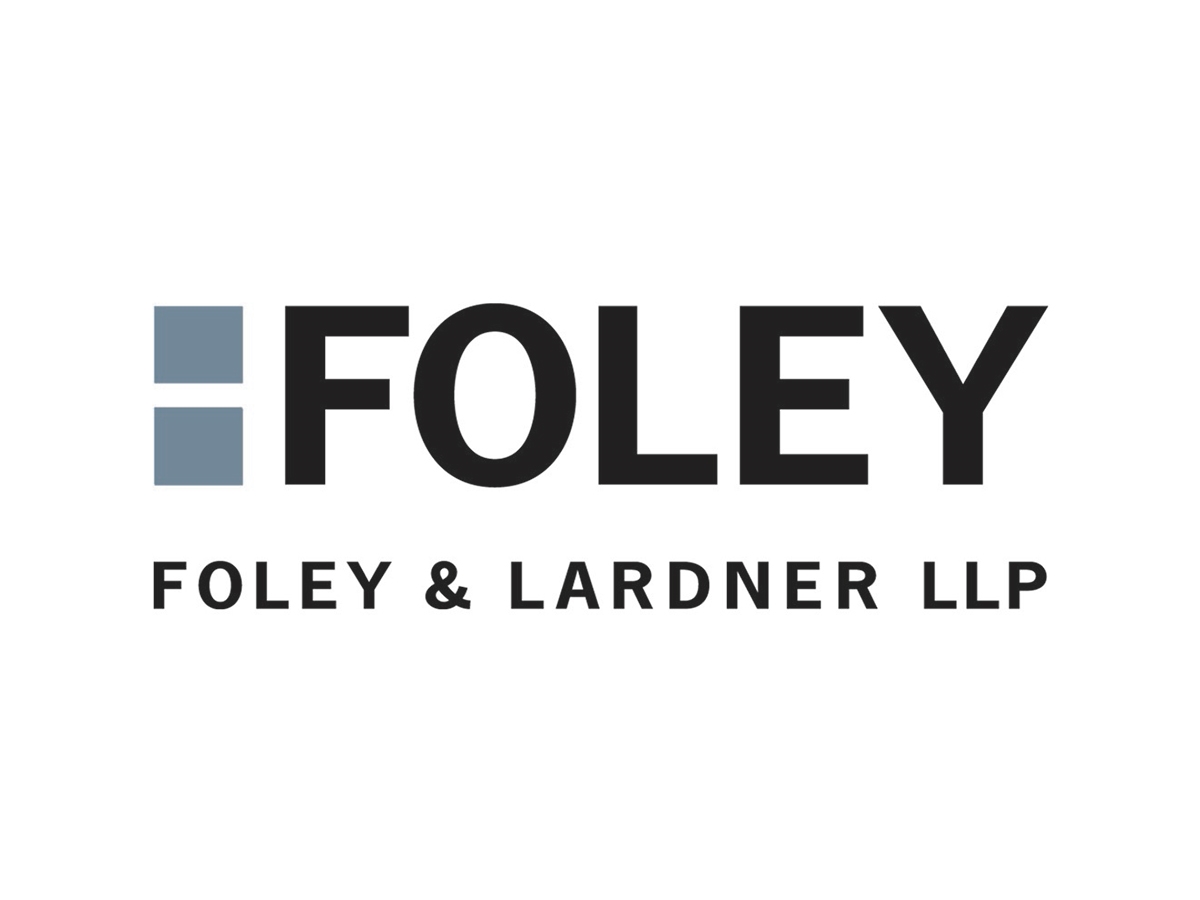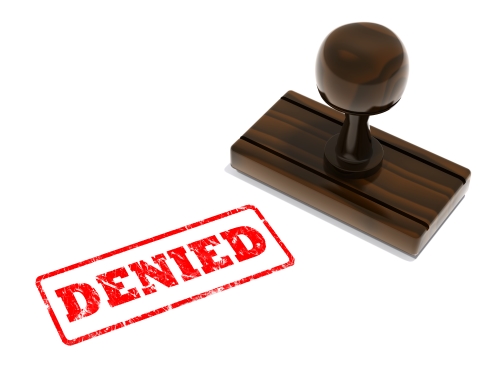Limiting Effect of Subject Matter on Scope of Protection | Linda Liu & Partners
[author: Chengsheng GUO]
The subject matter is a dispensable part of a claim and plays an important role as the preamble of the claim. Following the omnidirectional coverage principle, in the determination of the scope of protection of a claim, all features of the claim should be considered. However, in practice, there is no universally true conclusion on whether or not the subject matter limits the scope of protection. With reference to two recent cases, this article intends to explore the limiting effect of the subject matter on the scope of protection based on the relevant laws and regulations.
1. Relevant laws and regulations
Interpretation of the Supreme People’s Court on Several Issues Concerning the Application of Law in the Trial of Disputes over Infringement of Patent Rights (II) prescribes in Article 5 that “When the court determines the scope of protection of the patent right, technical features recorded in the preamble portion and the characterizing portion of an independent claim and the preamble portion and the characterizing portion of dependent claims are all limiting.” The preamble portion, which includes the subject name, is limiting as per the above judicial interpretation; but there is no elaboration on how the subject name limits the scope of protection.
The Guidelines for Patent Examination prescribed in Section 3.2.2, Chapter 3 of Part II that “For a product claim the subject matter title of which contains definition by use, the definition by use shall be taken into account in determining the extent of patent protection of the product claim. However, the actual definitive effect of the use definition shall depend on the impact it imposes on the claimed product per se.” The Guidelines for Patent Examination also specifies the circumstances where the subject matter title which contains definition by use, and provides explanation with examples.
Further, the Guidelines for Patent Infringement Determination (2017) of Beijing High People’s Court which provides a significant reference clarifies in Article 25.1 that “Where technical contents contained in the subject matter, such as the field of application, use or structure, have an effect on the technical solution protected by the claim, the technical contents function to delimit the protection scope of the patent.”
2. Understanding the “subject matter”
It is well known that a technical solution consists of technical features, and the subject matter is a generalization of the technical solution including all of the technical features. As seen from the function of subject matter, fundamentally it is intended by the subject matter to name a technical solution, whereby a person skilled in the art can know the technical field and the classification of the respective patent. In practice, a subject name often includes definition by use or effect, or even a structural feature which reflects the inventive concept.
The book “Understanding and application of Guidelines for Patent Infringement Determination (2017) of Beijing High People’s Court” divides subject matters into two categories, namely pure subject matter (e.g., “a computer system”) and non-pure subject matter.
In most cases, a pure subject matter is not restricted by redundant phrases and covers a relatively large scope, and thus would not easily cause disputes in infringement determination. In contrast, a non-pure subject matter usually includes definition by use, function, or effect, and the like, of which the limiting effect should be determined as per the respective case.
3. Various compositions of Subject matters and exemplary cases
(1) Subject matter including definition by use
The Guidelines for Patent Examination specifies that for a subject matter including definition by use, if such use does not have a substantive impact on the claimed product, the subject matter including definition by use should not be considered to be limiting on the scope of protection of the claim. The Guidelines for Patent Examination provides an example “compound X for use in …” If the phrase “for use in …” has no influence on the compound X per se, then the use definition “for use in …” is not considered to be limiting in the determination of whether or not the compound X has novelty or involves an inventive step.
On the other hand, if the definition by use implies or causes that the claimed product must have a particular structure or composition, the subject matter including definition by use should be considered limiting in the determination of the scope of protection. For example, in a claim the subject matter title of which is a “mould for molten steel”, the use definition “for molten steel” has a limiting effect on the subject matter “mould”. Therefore, “a plastic ice cube tray” with a melting point much lower than that of “mould for molten steel” would not come within the claim, because it is impossible to be used as a mould for molten steel.
(2) Subject matter including definition by function or effect
As seen from the cases concluded by the Supreme People’s Court, whether or not the subject matter including definition by function or effect is limiting should be determined in accordance with the following two circumstances:
First, where the definition by effect or function relates to an effect and function that can be achieved by the product structure or composition recorded in the characterizing portion, as the actual limiting effect of the subject name has been realized by the technical features recorded in the characterizing portion, the subject matter does not have an actual limiting effect on the scope of protection of the claim.
Second, where the definition by effect or function is not directed to the effect or function achieved by the product structure or component recorded in the characterizing portion, and in particular where it is intended by the definition by effect or function to differentiate from the prior art, the content of the subject matter should be considered to essentially constitute or imply a specific technical feature, and thus delimits the scope of protection of the claim.
Case 1: (2019) Supreme Court IP Civil Final No. 657
In this case, claim 1 of the subject patent has the subject name “an insertion-connection type afforesting brick with a water level adjusting function”. The phrase “with a water level adjusting function” is a definition by function. Meanwhile, the characterizing portion of claim 1 recites two features defining the specific manner of performing the water level adjusting function to be “a slope surface of a soil receiving cavity comprising at least one or one set of water level adjusting drainage hole; wherein the water level adjusting drainage hole is a blind hole that is almost penetrated at a bottom portion thereof”. As shown above, the definition “with a water level adjusting function” actually describes a function that can be achieved by the structure recorded in the characterizing portion. Therefore, the subject matter of claim 1 conforms to the first circumstance; and the definition “with a water level adjusting function” does not essentially delimit the scope of protection of the overall technical solution.
In the same case, the subject matter of independent claim 10 also contains the phrase “an insertion-connection type afforesting brick with a water level adjusting function”. But this claim does not recite the features of the specific manner of performing the water level adjusting function. Moreover, referring to the specification of the subject patent, the manner of performing the water level adjusting function is a substantive contribution made by the subject patent to the prior art and differentiates the subject patent from the prior art. Therefore, although the “water level adjusting function” is literally mentioned in the subject matter of the preamble portion of claim 10, it is still a specific technical feature. The Supreme People’s Court considers the feature “water level adjusting function” as a functional feature, and determines the scope of protection of claim 1 according to a respective embodiment. As shown above, the subject matter of claim 10 conforms to the second circumstance; and the definition “with a water level adjusting function” substantively delimits the scope of protection of the overall technical solution.
(3) Subject matter repeating or referring to terms used in the characterizing portion
The claims are to be drafted in a concise and accurate manner. If a technical term appears repeatedly in the subject matter and the technical features, there will be an increased possibility that the features complement and explain each other. As a result, the subject matter and the characterizing portion could hardly be distinguished from a semantic perspective. In such circumstance, the subject matter should also be considered to limit the scope of protection of the claim.
Case 2: (2020) Supreme Court IP Civil Final No. 1469
In this case, the subject matter of claim 1 of the subject patent is “a shelf hit method”. In addition to the term “shelf” in the subject name, claim 1 also repeatedly uses the technical terms “shelf pool”, “shelf” in the characterizing portion. The Supreme People’s Court determines judges that: due to its repeated appearance in the subject name and in the characterizing portion of claim 1, the technical terms including the word “shelf” can hardly be distinguished semantically; so the subject name of claim 1 of the subject patent should be determined to limit the scope of protection of the claim.
Further, the Supreme People’s Court determines that the “shelf hit method” according to the claim is different from the shelf hit method of the prior art, falling in the second circumstance described in 3.(2) herein, and thus affirms that the subject matter limits the scope of protection.
4. Conclusion
Since the limiting effect of the subject matter on the scope of protection lead to an unfavorable result in patent enforcement, the applicant should comprehensively consider the subject matter in crafting the claims. A pure subject matter is preferential as it would not usually unfavorably limit the scope of protection. In addition, considering that the subject name is a generalization of the overall technical solution, in order to be distinguished from the prior art, the subject name would be best to fully correspond to the features recited in the characterizing portion of the claim, avoiding deviation between the definition by the subject name and the features of the characterizing portion which may lead to further restriction to the overall solution of the claim.






